Long delivery times for new electric passenger cars are leading to increased prices of used cars.
Global supply chain problems have caused long waiting times for new electric cars. Now, used car prices are increasing, E24 writes.
The price increase is particularly noticeable for electric cars, where the waiting time is the longest and demand is the greatest.
“It is now possible to make money on used electric cars, a trend that has previously been reserved for vintage cars,” Kristian Melchior at Rebil stated.
On the car dealer’s website, a Tesla Model 3 and a Polestar 2 were sold for NOK 13,000 and NOK 30,000 more than the price of a new car, respectively.
So far this year, 34,010 new electric cars have been sold in Norway, an increase of 28.9% compared with last year. But in April, the number of sold new electric cars fell, while the number of sold used imported electric cars rose by 54.7%.
Source : © NTB Scanpix / #Norway Today / #NorwayTodayFinance
Do you have a news tip for Norway Today? We want to hear it. Get in touch at [email protected]

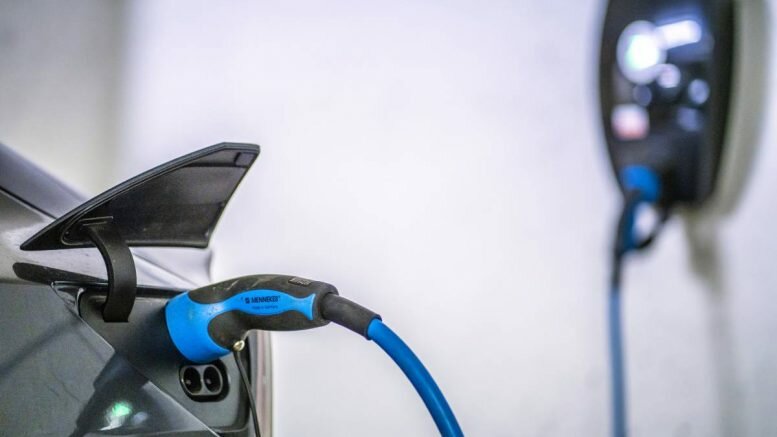
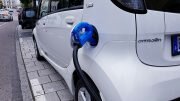
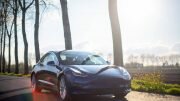
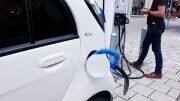
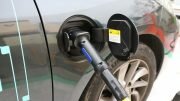
Sorry, electric autos are not the panacea that most people think they are. Electric cars are not ideal for all locations or weather conditions.
The ideal weather for an electric car battery is 70°F without precipitation. If the temperature drops to -21°F or rises to 95°F, however, the range of many electric cars will drop by more than a third. Even newer electric cars with battery cooling systems lose their charge in hot and cold weather.
Electric cars become less energy efficient during cold weather. The low temperature significantly reduces the performance of the battery, and its ability to accept a charge. This is due to a decrease in the speed of ion movement and chemical reactions. Professionals know this, but you will not find weather conditions using the Tesla range calculator, as such weather conditions can be quite varied.
Electricity is also spent to maintain an optimal temperature. Energy consumption and the kilowatt-hour to mileage ratio don’t just change because of the need to heat the car. This includes keeping the battery itself at an optimal temperature.
A study by the American Automobile Association showed that when the cabin heating is turned on, the range of any electric car is reduced by 41%. So if a Nissan Leaf is rated for 150 miles of driving, it will only go 87 miles, after which you’ll have to plug the car into a charger.
When the outside temperature reaches 95°F and air conditioning is used inside the vehicle, driving range is reduced by 17%. Extreme temperatures themselves play a role in reducing range. A large negative effect on electric vehicle range is also caused by the use of HVAC in these conditions.
The electric car travels shorter distances in unsuitable weather. This requires more frequent charging. More frequent public charging stations [22] on the route of electric cars will partially solve this problem. Consequently, the cost of operating the car increases accordingly. For example, another publication, along with the AAA study mentioned above, showed that using a heater when it’s 20°F outside adds almost $25 for every 1,000 miles compared to the cost of driving around town and the highway at 75°F.